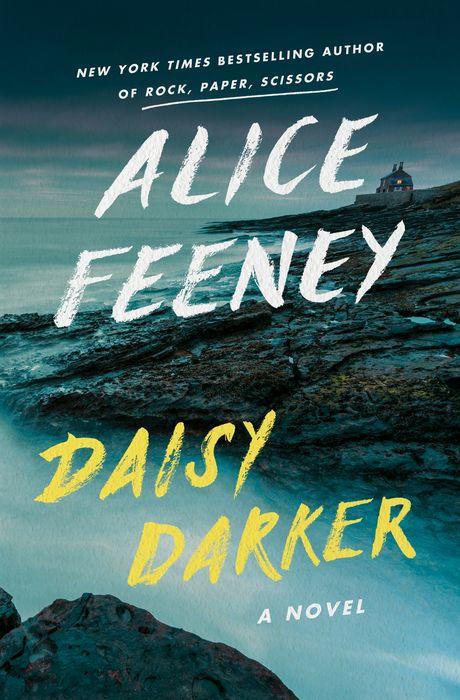
Few writers today understand the art of the twist quite like Alice Feeney. In Daisy Darker, the bestselling author known as the “Queen of Twists” returns with a chilling, atmospheric tale that unfolds within the crumbling walls of a gothic seaside mansion. It is a story about family, guilt, and the ghosts both literal and emotional that refuse to stay buried.
After years of estrangement, the Darker family reunites to celebrate Nana’s 80th birthday at Seaglass, her eerie Victorian home perched on a tidal island. When the tide rises, they will be completely cut off from the mainland for eight hours. As the storm begins to rage outside, the night takes a deadly turn. At midnight, Nana is found dead. One hour later, another family member follows. Trapped and terrified, the Darkers must face their long-suppressed secrets before dawn or die trying.
The novel alternates between the present night of horror and flashbacks from Daisy’s childhood, painting a portrait of a lonely girl born with a heart condition who was told she would never live long. Those past chapters reveal not only the cracks within the Darker family but also the emotional foundation that explains Daisy’s complex nature. Readers either find this dual timeline hauntingly poetic or painfully slow, and that divide defines the book’s reception.
For many, the heart of Daisy Darker lies in its lyrical, melancholy prose. Feeney’s writing often reads like a collection of dark fables, full of quotable one-liners and eerie reflections on love, loss, and morality. One reader described it perfectly: “Feeney proves that you don’t need gore to deliver a great thriller.” Her skill at creating mood and psychological tension makes Seaglass feel like a living, breathing entity one filled with whispers, ticking clocks, and memories that won’t fade.
The setting itself is unforgettable. Seaglass, with its turquoise roof and rooms lined with clocks, feels like a character of its own. The isolation of the island amplifies every moment of dread. Fans of classic whodunits will immediately sense the homage to Agatha Christie’s And Then There Were None, but Feeney adds her own eerie spin. The locked-room structure, the cryptic poem scrawled on a chalkboard, and the storm-lashed isolation create an atmosphere thick with suspense.
Yet, Daisy Darker isn’t without its flaws. Some readers found the pacing uneven, particularly the heavy focus on Daisy’s past. Others felt the emotional repetition and symbolic “broken” motif became excessive. The final twist meant to shock divided audiences. To some, it was hauntingly poetic; to others, it felt contrived or predictable. Still, even skeptics admitted that Feeney’s storytelling prowess kept them turning the pages.
Where the novel truly succeeds is in its emotional depth. Beneath the murder mystery lies a meditation on the pain of being unseen, the scars of childhood neglect, and the desperate ways people seek love and validation. Daisy’s voice, fragile yet resilient, stays with you long after the final page.
While Daisy Darker may not be Feeney’s most universally beloved novel, it remains one of her most ambitious. It is gothic, introspective, and full of haunting imagery that lingers like sea mist. Whether you love or loathe its final reveal, you will not forget the experience of reading it.
If you’re drawn to dark family dramas, closed-circle mysteries, and atmospheric storytelling that blurs the line between ghost story and psychological thriller, Daisy Darker is worth a place on your shelf.
👉 Get your copy on Amazon: https://amzn.to/4gYeg8H


